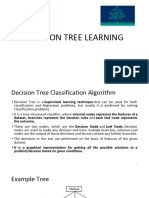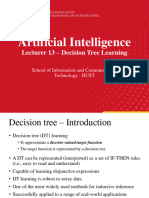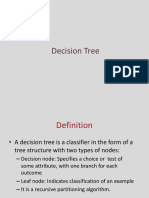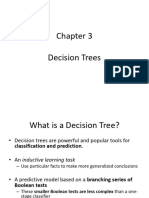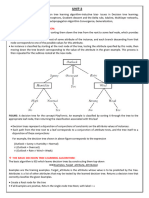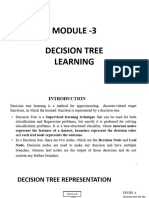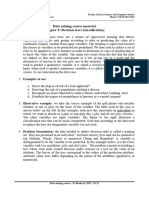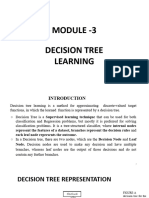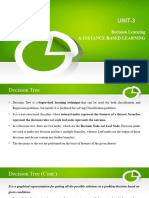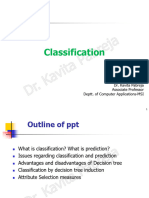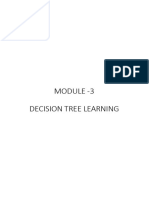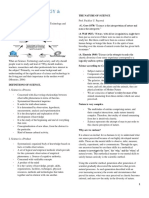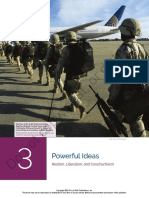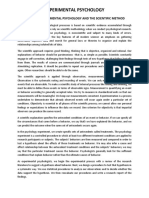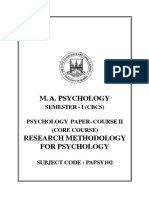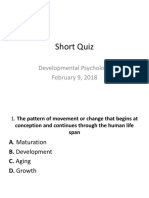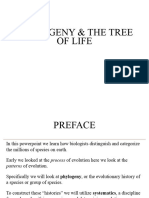0% found this document useful (0 votes)
71 views45 pagesClass 16 Decision Tree
The document discusses decision tree learning and some key concepts:
- Decision trees are a widely used method for inductive inference that can approximate discrete-valued functions. They represent learned functions as tree structures.
- The ID3 algorithm builds decision trees in a top-down manner by selecting the attribute that best splits the training examples at each step, based on information gain.
- Overfitting can occur if trees are allowed to grow too deep. Strategies like reduced-error pruning post-prune trees to avoid overfitting while maintaining accuracy on validation data.
Uploaded by
Sumana BasuCopyright
© © All Rights Reserved
We take content rights seriously. If you suspect this is your content, claim it here.
Available Formats
Download as PPT, PDF, TXT or read online on Scribd
0% found this document useful (0 votes)
71 views45 pagesClass 16 Decision Tree
The document discusses decision tree learning and some key concepts:
- Decision trees are a widely used method for inductive inference that can approximate discrete-valued functions. They represent learned functions as tree structures.
- The ID3 algorithm builds decision trees in a top-down manner by selecting the attribute that best splits the training examples at each step, based on information gain.
- Overfitting can occur if trees are allowed to grow too deep. Strategies like reduced-error pruning post-prune trees to avoid overfitting while maintaining accuracy on validation data.
Uploaded by
Sumana BasuCopyright
© © All Rights Reserved
We take content rights seriously. If you suspect this is your content, claim it here.
Available Formats
Download as PPT, PDF, TXT or read online on Scribd
/ 45














